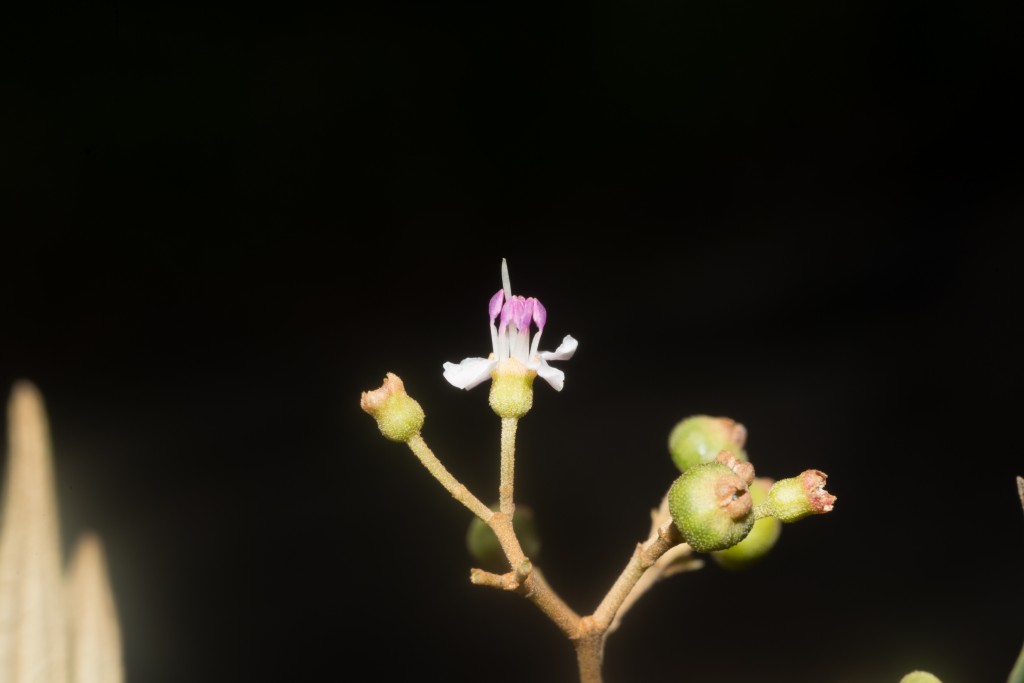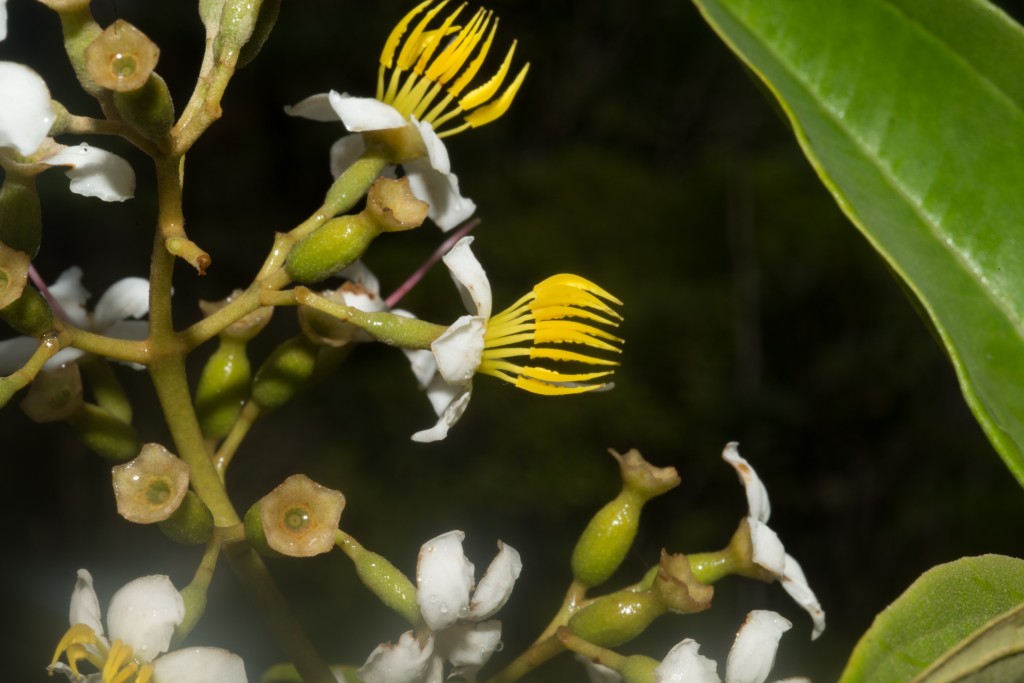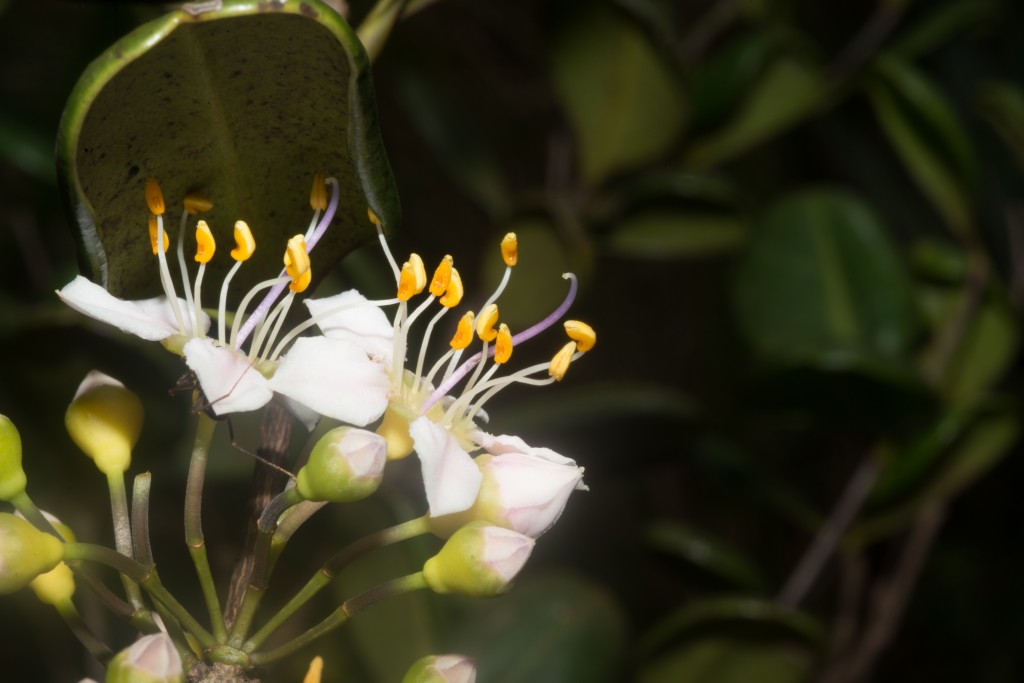Exploring the Mountains of Eastern Cuba, Part 3
Posted in Travelogue on June 9, 2014 by Fabian Michelangeli
Fabian A. Michelangeli, Ph.D, is an Associate Curator of the Institute of Systematic Botany at The New York Botanical Garden. His research focuses in part on the evolution, identification, and classification of neotropical plants.
In this last post about Cuban Johnny berries and meadow beauties, I want to show some of the species found in the northeastern part of the island. The mountain ranges in this area—the Sierra de Moa, Baracoa, Nipe and Cristal—are all rich in minerals and have unique soils that contain high concentrations of metals. These metals are toxic for many plants, but this plant family, the Melastomataceae, has adapted to these conditions.
Calycogonium glabratum, Miconia baracosensis, Miconia uninervis, Ossaea moensis, and Ossaea puciflora are not closely related, but they have all evolved small, hard leaves as an adaptation to the high toxicity of the soils they inhabit.

Tetrazygia angustifolia was only known from the Lesser Antilles, the Virgin Islands, and Puerto Rico, but we found this species near the city of Moa. This is the first report of this species for Cuba.

Tetrazygia barbata is one of the few Melastomataceae that can be found in limestone, often growing near the sea shore.
Most species of Melastomataceae are evergreen, but a small group of species from Cuba have leaves that fall off during the dry season and right as the plant is about to bloom. This group includes Miconia cerasiflora and Miconia victorinii.

Mouriri spatulatha, a rarely collected plant, is found in dwarf or dry forests in Haiti, the Dominican Republic, and Cuba. Its large flowers are only open for a day.
Ossaea shaferi, Ossaea trianaei, and Ossaea rufescens are found in the understory of cloud forests in the Sierra de Moa. Unlike their close relatives that grow in the Sierra Maestra and prefer rocky soils, these species grow in iron-rich clays.
Two species of Meriania are found in Cuba. Both have been collected several times over the past 100 years, but due to some confusion with Jamaican species and difficulty interpreting the characteristics mentioned in older literature, these two species lack scientific descriptions. The red-flowered species is restricted to the northern mountains of eastern Cuba, while the white-flowered species is found in the Sierra Maestra and the mountains of Central Cuba. The official scientific description of these two species will be published shortly.

